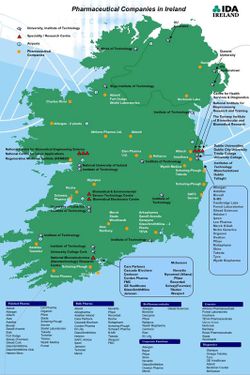Coming Down the Pike: hES cells
The most significant early-stage discovery to hit the journals in late 2007 were the dual announcements from two independent research groups that they turned adult human skin cells into cells with properties that are seemingly identical with human embryonic stem (hES) cells.
The most significant early-stage discovery to hit the journals in late 2007 (or at least the most highly publicized) were the dual announcements from two independent research groups that they had managed to turn adult human skin cells into cells with properties that are seemingly identical with human embryonic stem (hES) cells. The teams each inserted four genes (only two of which overlap) into the adult cells to make them revert to the embryonic-like state. Among other things, the achievement may allow US scientists to explore the properties of hES cells—and their potential uses in regenerative medicine—while circumventing the debate on the morality of destroying human embryos to get the cells. Of course, both teams a nd scientific commentators stress that it will take a while to determine how similar the so-called induced pluripotent cells are to true hES cells. For now, however, it may allow US scientists to catch up to foreign counterparts studying hES cells.
Sources:
1. J. Yu, M. A. Vodyanik, K. Smuga-Otto, J. Antosiewicz-Bourget, J. L. Frane, S. Tian, J. Nie, G. A. Jonsdottir, V. Ruotti, R. Stewart, I. I. Slukvin, J. Thomson, "Induced Pluripotent Stem Cell Lines Derived from Human Somatic Cells," SCIENCEXPRESS, www.sciencexpress.org/, accessed Nov. 20, 2007.
2. K. Takahashi, K. Tanabe, M. Ohnuki, M Narita, T. Ichisaka, K. Tomoda, and S. Yamanaka, "Induction of Pluripotent Stem Cells from Adult Human Fibroblasts by Defined Factors," Cell (2007), doi: 10.1016/j.cell.2007.11.019.


